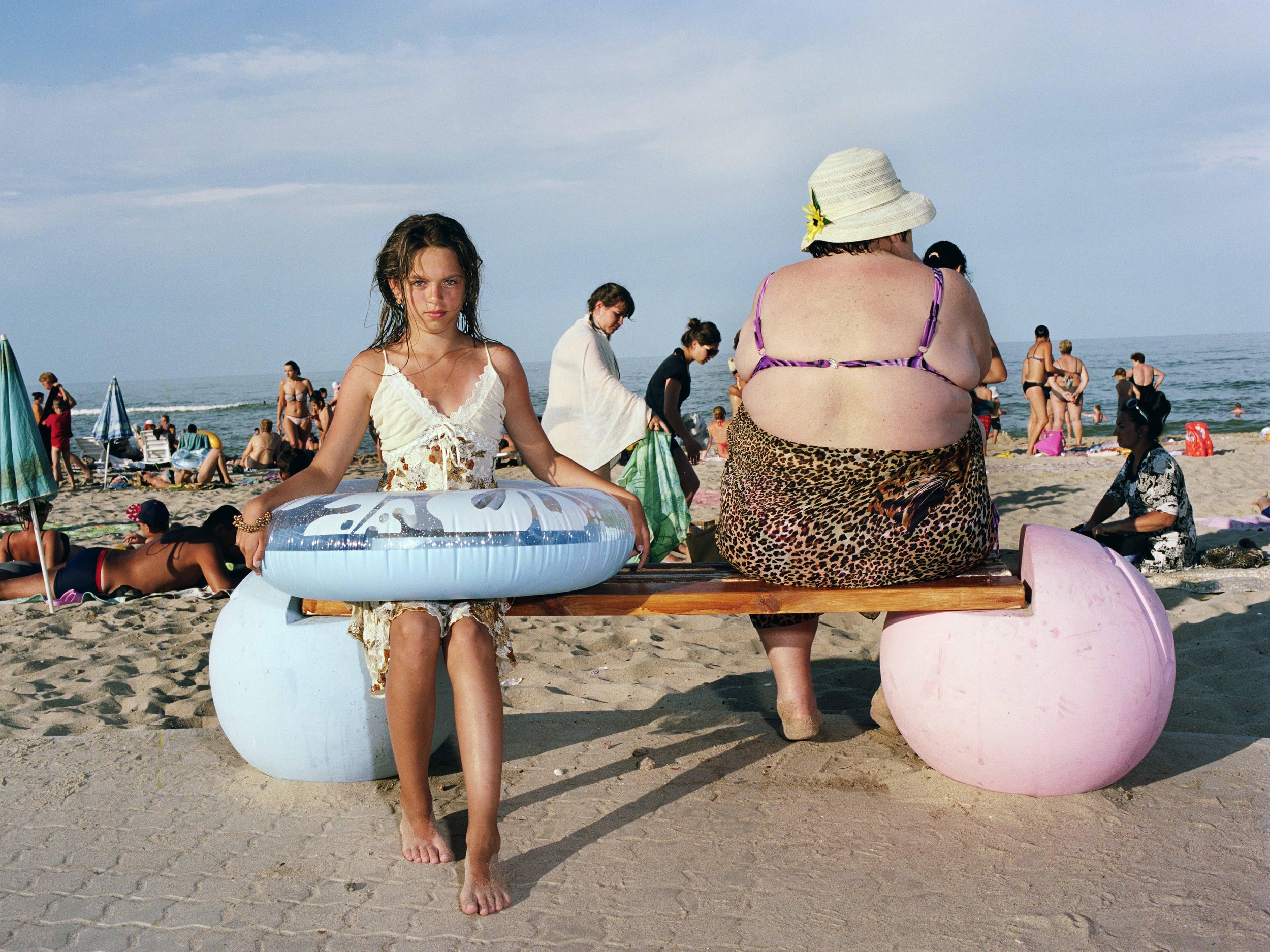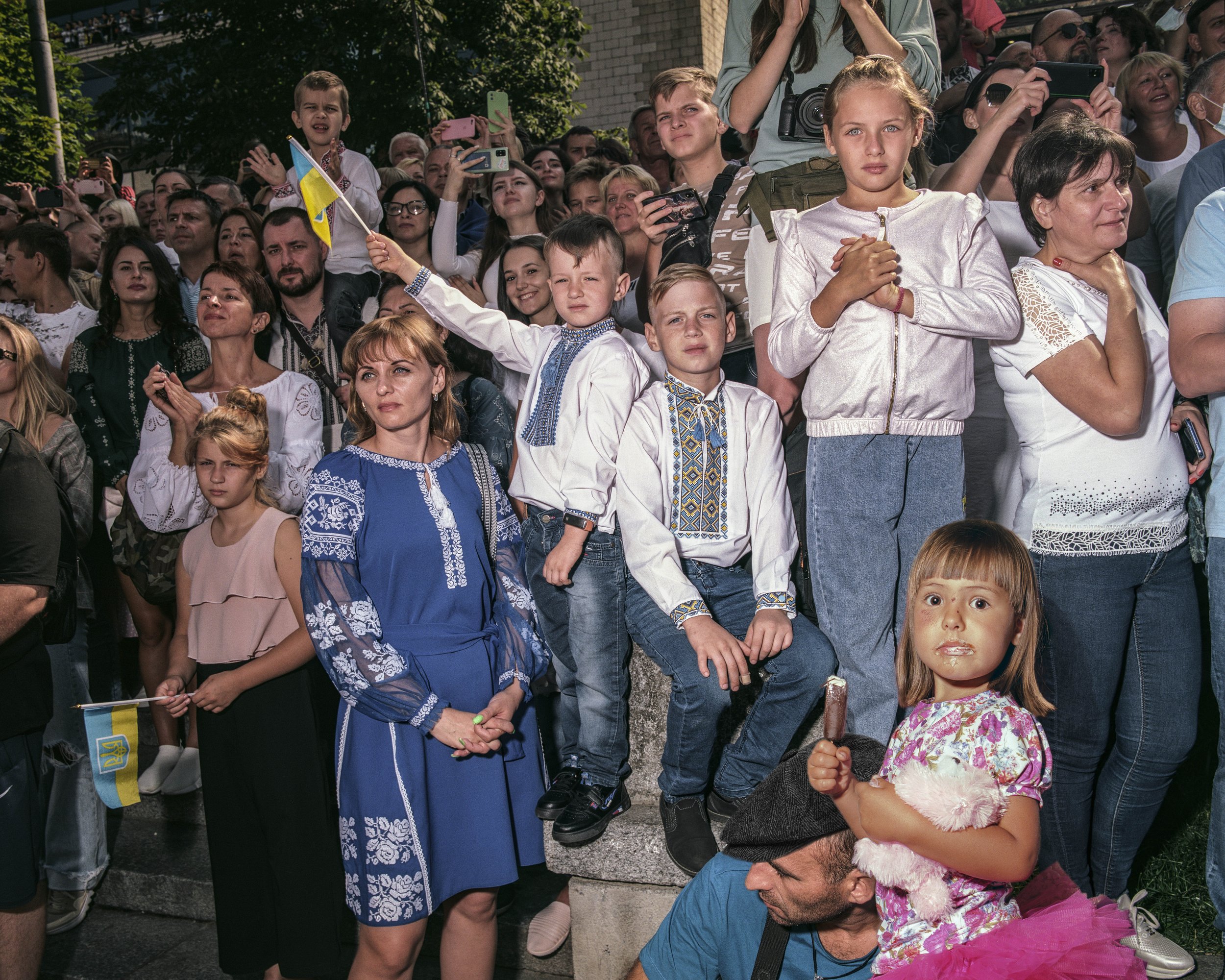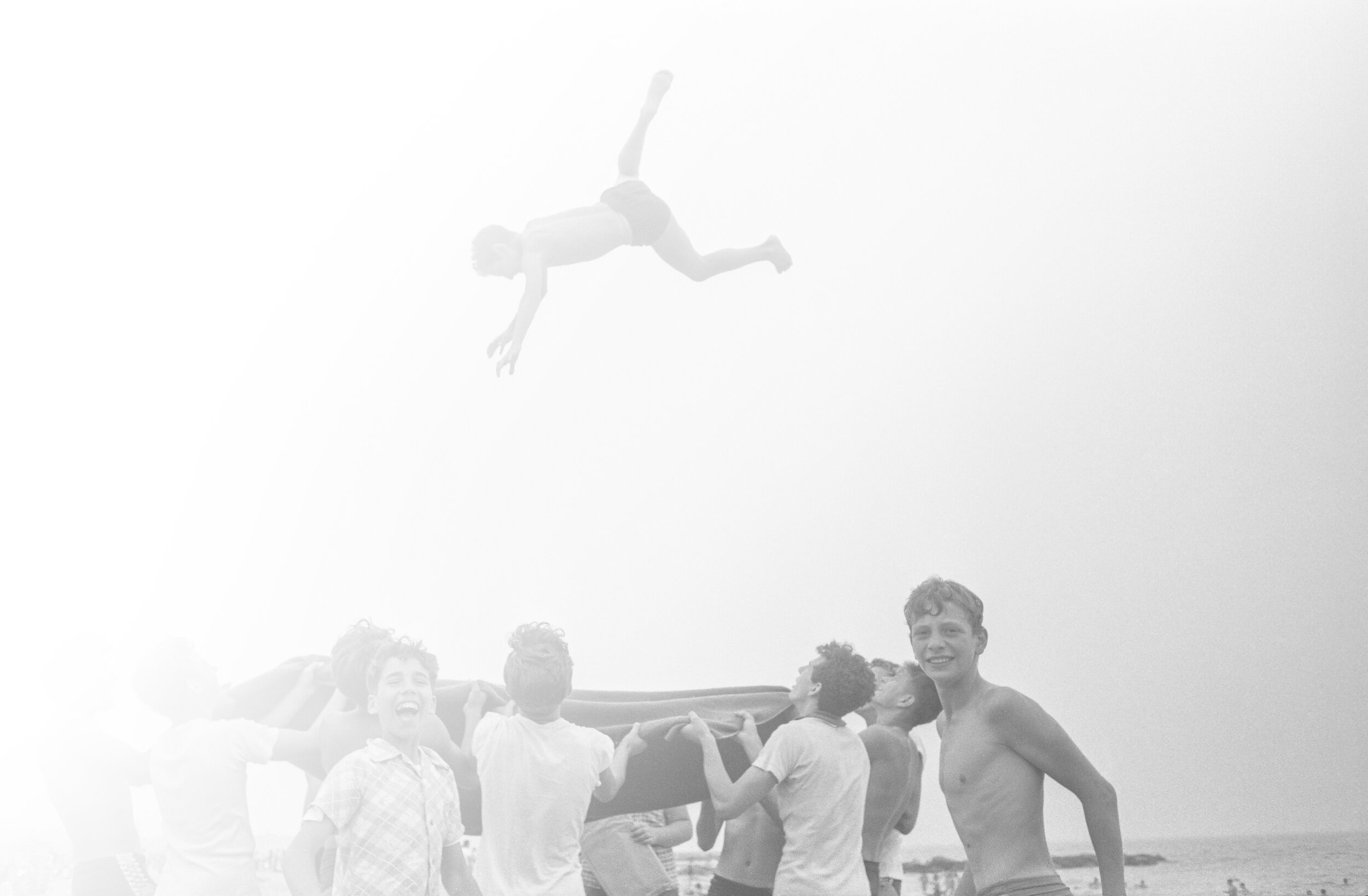Mark Neville: Stop Tanks With Books
In association with the V&A, we are incredibly honoured to present a selection of work from Mark Neville’s eerily prescient Stop Tanks with Books.
Long before Putin unlawfully invaded Ukraine, the British photographer self-funded a book in protest of Russian occupation. He knew that the country he calls home needed the support of the West to repel Russian invasion. His hope was that Stop Tanks With Books would add weight to those calls.
Mark Neville: Ukraine in Focus
A selection of works from Stop Tanks with Books
The V&A, London: April – August 2022
‘Ukraine in Focus’ at the V&A features six, large framed prints taken from Stop Tanks With Books, and copies of the book itself which has already sold out.
A very limited number of the books may also be available to purchase at the V&A shop supplied by the artist himself. A series of activist events will run in parallel to the exhibition which will all aim to shed light on the war and the realities of the situation in Ukraine.
To enable Mark to further use his book in a series of activist events, including a press conference at the European Parliament, please consider contributing to Mark.
Limited edition, archival prints from Mark’s archive are available for acquisition. We have a few works available for purchase online. Please email us for a more detailed overview of what’s available including larger prints in limited editions.
Art can change the world.
In association with the V&A, we are incredibly honoured to present a selection of work from Mark Neville’s eerily prescient Stop Tanks with Books.
Long before Putin unlawfully invaded Ukraine, the British photographer self-funded a book in protest of Russian occupation. He knew that the country he calls home needed the support of the West to repel Russian invasion. His hope was that Stop Tanks With Books would add weight to those calls. One hundred complimentary copies of the activist book were sent out to its target audience just four days before invasion began, with the remaining 650 copies being disseminated for free during the following four weeks.
Mark self-funded this project, a book that he saw as a weapon to stop Russia. He wanted to prevent a war with a book. Now, despite losing so much and having to abandon his home and everything in it, he is still determined to use his art to stop it. Mark wanted the book to save Ukraine’s future. He could never have imagined he would be the last photographer to document its beautiful past or that he would now be a refugee himself.
As Mark so eloquently put it - while in the midst of war at home in Kyiv - “What changes people’s minds about a conflict is a poem, a song, or a photograph. It’s people’s feelings that need to be changed. To my mind, that’s the role of the artist. We intend for the 750 targeted recipients of this book - politicians, diplomats, the super rich, media and celebrities - people who have the power both to support Ukraine and to stop the West buying Russian fuel - to see a version of themselves in my portraits of Ukrainians. People, even powerful people, develop strong emotional responses to photo books, and it is this emotion that I am trying to harness and weaponise. We are trying to convince those people to do the right thing."
“These images of Ukraine seem like a dim and distant utopia now, even though some were taken as recently as a few months ago. But I know Ukraine and Ukrainians, and they will win this war and rebuild their country. Making ‘Stop Tanks With Books’ was my attempt to fight Russian aggression. My photographs, Lyuba Yakimchuk’s incredible short stories about living in Russian occupied Donbas, the research carried out by ZOiS about the 2.5 million people already displaced by the war, by 2018, and the ‘call to action’ are interwoven in the book not just to provoke empathy, but also to provide a clearer understanding of this brave, kind, nation who have been totally misrepresented by the Kremlin for years.”
These portraits offer a glimpse of life in Ukraine before the war with Russia began in 2022. They were taken over five years, some as recently as November last year, during a simmering conflict sparked by Russia’s invasion of eastern and southern parts of Ukraine in 2014. While the strain of living with constant threat is more immediately evident in some photographs than others, they all portray the humanity and resilience of a population now under direct attack.
One image shows members of a children’s choir who were among the millions of Ukrainians already displaced by the 2014 invasion. Another depicts a farmer who survived Russian imprisonment and torture. Meanwhile, holidaymakers picnic in Odesa, despite the looming possibility of further Russian aggression. Neville’s exhibition is a dramatic attempt to expand the activist nature of the book into the museum space. He aims to harness the context of the V&A as a powerful platform from which to galvanise further support for Ukraine. He says: “Recognising the urgency of the situation, the team at the V&A admirably pulled out all the stops to make this exhibition happen within weeks. Ukrainians urgently need further humanitarian aid, food, water, and medical supplies, and an internationally coordinated response to the refugee crisis so that governments equally share the task of helping the displaced.”







































